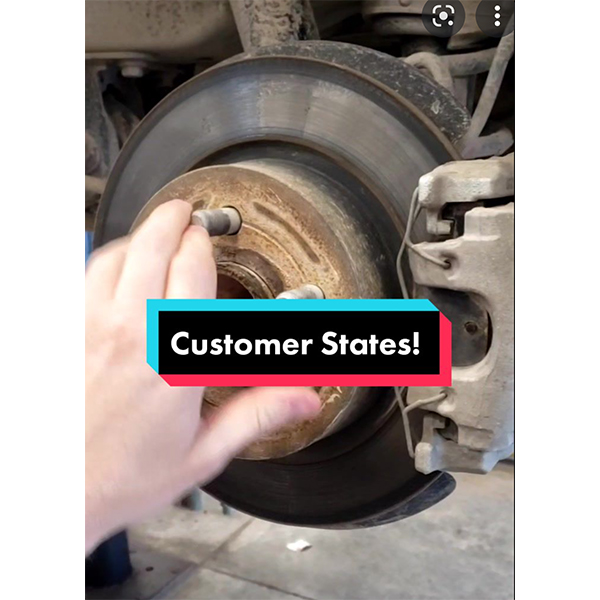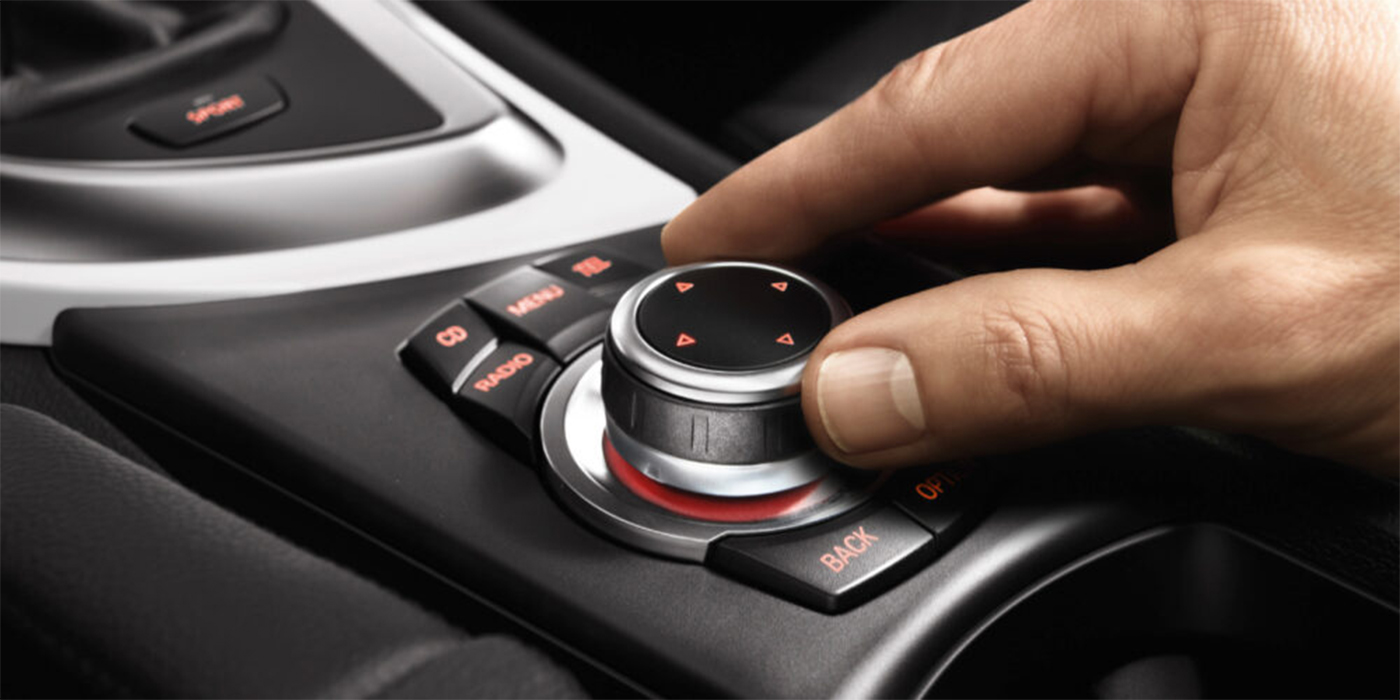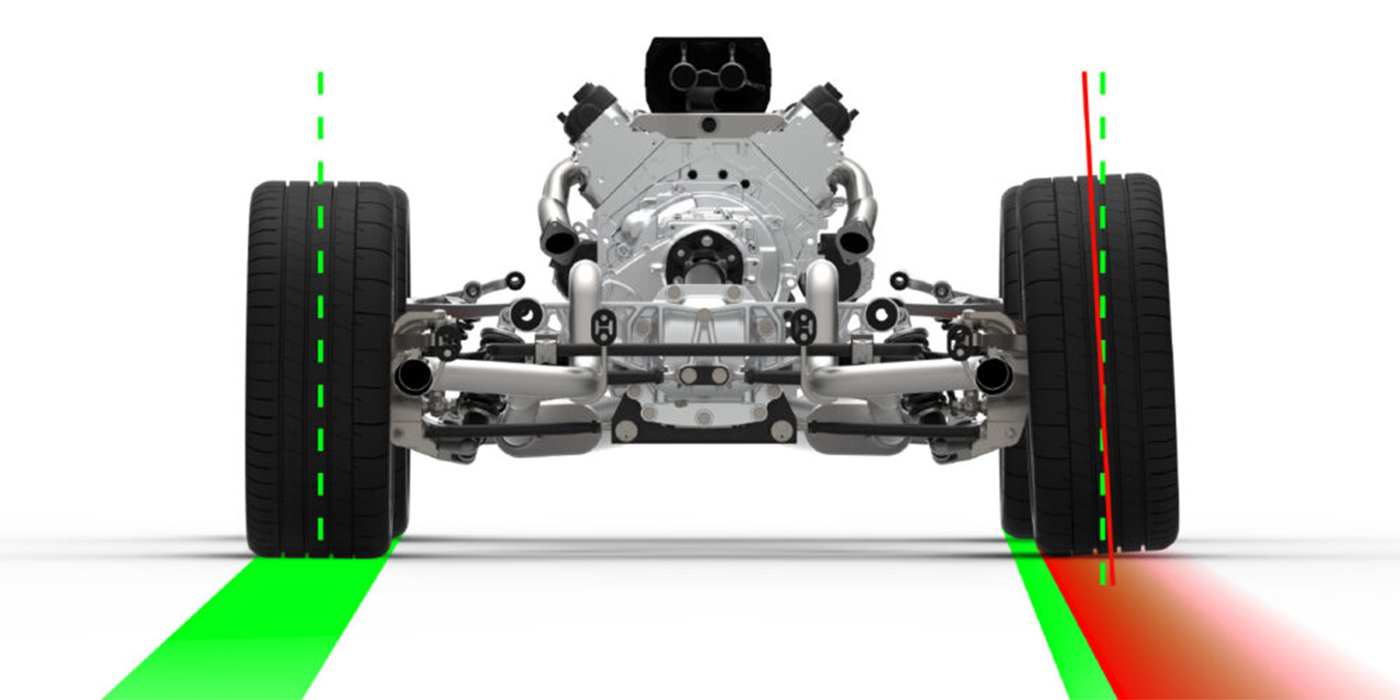The two most powerful words in a shop are “customer states.” This simple phrase has been turned into internet memes and TikTok videos. But, to a service advisor or technician, it is a phrase that is the start of all diagnostic processes.
The one trait shared by all great service advisors is that they let the customer talk. They don’t try to solve the customer’s concerns or explain what the problem might be or even how a car works. Instead, they ask questions and record the customer’s concerns. That is all.
Letting the customer talk can be challenging for service advisors who are “recovering” technicians. It is challenging because all ex-technicians want to come up with a diagnosis as quickly as possible. It is part of their flat-rate DNA. Great service advisors focus 100% on the customer’s complaint and ask “when” and “where” questions that could help a technician replicate the problem.
Rookie service advisors will say, “It could be the…” This opens you up for the follow-up question, “How much will that cost?” This sets an expectation with the customer that a repair should cost only that much, and they will usually start asking around how much that will cost at another shop.
The next most valuable trait of a great service advisor is they repeat the customer’s concern back to them. This establishes trust with the customer because you just reflected their words back at them. As a result, they feel like they are being taken seriously.
You might think it is a waste of time, but repeating the customer’s complaint has significant benefits. Just try it when your partner is complaining about something you have done. Even if you disagree with their grievance, they will feel better that you might understand their plight.
The last trait of a great service advisor is they write down all the details for the technician. These notes do not have to use complete sentences with proper grammar or even seen by the customer. Instead, you can use bullet points to document the details. Remember, repair orders are not an essay, and you are not being graded.
Anybody can be a successful service advisor if they follow the three steps of listening, repeating and writing. Even if a service advisor or technician has a limited technical background, if they use the three steps, they will always be able to sell diagnostic labor. It is like a Jedi mind trick.
If you are a technician, you must put every word under a microscope and not dismiss a single detail. Never assume the customer is full of crap. Remember, the owner will spend more time behind the wheel of their vehicle than you ever will.
The next step is to verify the complaint. If the problem is happening all the time, it will be easy. If the problem is intermittent, you should replicate the conditions when the complaint occurs within reason. Skipping the notes and going right for a scan tool to get the codes will often lead to misdiagnosis.
Great technicians will use the word “confirmed” on notes to the service writer. They do not guess that a repair will solve the initial complaint. A technician should never guess. They always confirm their diagnosis with specific tests and procedures. These tests and procedures put a tangible value on diagnostic labor charges.
The Bullet Method
Shop shorthand can help you save time and energy. For example, you can use abbreviations like LOF and C/S to avoid writing oil change and customer states. But, the ultimate time-saver is the bullet method. This method is paring down the language of the repair order, so the notes have clarity.
For example, here is the conventional paragraph method:
“Customer states they are experiencing an engine stumble when they are on a freeway on-ramp. The condition occurs when they accelerate at 25 mph under heavy throttle, and it stops at 35 mph. The customer states there is no check engine light.”
That is 43 words to communicate a misfire condition.
Bullet Method uses only 18 words to communicate the same info to the technician:
Customer experiencing engine stumble. -Accelerating on freeway on-ramp -Present at 25-35 mph under heavy throttle -C/S no check engine light
The bullet method communicates the same information with fewer words. But, the main advantage is that with fewer words the information is more precise.

















